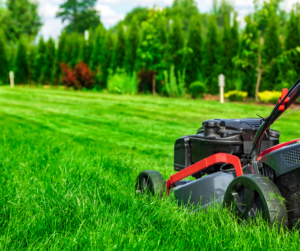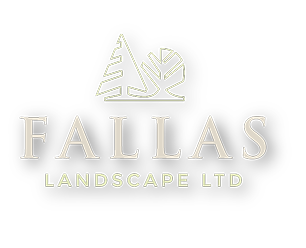 Overseeding is the process of sowing grass seed over an existing lawn, resulting in new growth and increased thickness that makes it harder for weeds to grow. It restores lawns that have deteriorated due to pet damage, natural aging, and heavy traffic.
Overseeding is the process of sowing grass seed over an existing lawn, resulting in new growth and increased thickness that makes it harder for weeds to grow. It restores lawns that have deteriorated due to pet damage, natural aging, and heavy traffic.
Overseeding lawns that were seeded many years ago with a new cultivar (a variety of a certain plant developed and maintained through cultivation) within the same grass type might improve the overall quality of the lawn. Newer cultivars have improved resistance to insects, are better at resisting diseases, and add improved color. Some are even more tolerant to particular temperatures, sun, and shade, making them a better choice for your yard’s environment and climate.
Soil Preparation
To prepare your lawn for overseeding, you will want to mow your lawn short. This will give the seeds a better chance of reaching the soil and germinating. You will need to be sure to cut the lawn two inches or less for best results. When cutting your lawn, you will want to gather the clippings and not have them thatched into the lawn or coat the top of the lawn. It is very important that the seeds reach the soil. This is why you will need to do the next step, dethatching.
Dethatching
Thatch refers to the layer of living and dead grass and other organic debris that lies on top of the soil. It can accumulate quicker than it can degrade. A coating of more than 1/2 inch causes issues for your grass by depriving it of necessary sunlight, water, oxygen, and nutrients. A buildup of thatch can also hinder seeds from reaching the soil.
Aerating
Aeration is the process of making holes in the soil. It is done to loosen compacted soil, which prevents grass roots from accessing oxygen, water, and nutrients. Aeration of the lawn also helps to break up thatch.
Various aerating tools can be classified into three major categories:
- Aerators with rotating blades cut or slice through the soil.
- Spike aerators: poke holes in the ground with sturdy prongs.
- Core aerators extract plugs or cores of soil and grass that are 1/2 to 3/4 inch in diameter and 2 to 3 inches long using hollow tines.
The most effective method is considered core aeration. To make it easier, you should try to aerate your lawn after you have thoroughly watered it or after a rainstorm. This will allow the aerators to get deep into the soil with ease. However, if the soil is too wet, this can cause the aerator tubes to clog, so keep that in mind.
Make numerous passes over the grass in varied patterns or angles, spacing the aerator holes 3 to 4 inches apart. Some seeds will find their way into the holes, where they will grow in safer conditions. Leave the soil cores on the surface to offer the seeds the best chance of making contact with the soil.
When Should You Overseed?
The best time to overseed for winter ryegrass is October – November, but really the best time is after the first frost.
For more info about all of our services go to Fallas Landscape

